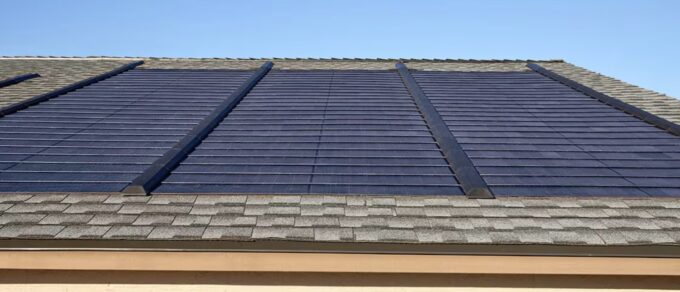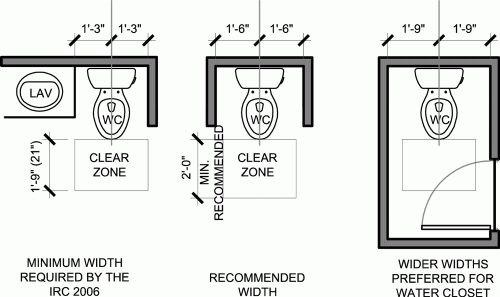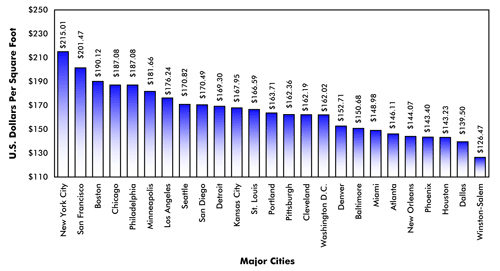The Latest in Solar Technology for Building Electrification
Building electrification is transforming how we design and power the built environment. Solar technology leads this movement. With rising energy demands and increasing climate concerns, solar power offers a scalable, sustainable solution. Today, exciting innovations are making solar more efficient, affordable, and flexible than ever before.
How Solar Technology Has Evolved Over Time
Solar technology has come a long way since the first commercial panels in the 1950s. Early systems were bulky, inefficient, and expensive. Most panels converted only 6% of sunlight into electricity. Over the decades, research and competition have driven efficiency up and costs down.
Today’s panels routinely reach 20–22% efficiency, with some experimental models exceeding 40%. These gains result from advances in materials, such as perovskite, multi-junction cells, and bifacial panels that absorb light on both sides.
Learn more:
NREL – Advancing Solar Technology
Breakthroughs in Efficiency and Material Science
Efficiency improvements have come from better materials and smarter engineering. Silicon remains the dominant solar material, but researchers are layering it with new compounds. Tandem cells, which combine perovskite with silicon, are setting records in lab tests.
Transparent solar glass and solar inks offer exciting opportunities for integration into windows, facades, and even printed surfaces. Meanwhile, tracking systems now rotate panels to follow the sun, improving daily yields by 25–35%.
Solar Costs Continue to Fall
Solar costs have dropped over 80% in the last decade. This dramatic decrease is due to:
-
Economies of scale
-
Lower material costs
-
Improved manufacturing techniques
-
Government incentives
According to the U.S. Department of Energy, the average cost of residential solar is now under $3 per watt. In many states, this means homeowners can install systems with under 10-year payback periods.
Learn more:
DOE – Solar Futures Study
New Solar Products on the Market
Modern solar systems are no longer limited to rooftop panels. New designs allow integration with architectural elements and building systems. Popular innovations include:
1. Solar Shingles
Solar shingles replace traditional roofing materials with integrated photovoltaics. They offer aesthetics and function in one product. Brands like GAF, Tesla Solar Roof and CertainTeed offer durable options for new builds and re-roofs.

2. Solar Awnings and Pergolas
Solar awnings provide shade while generating power. They’re perfect for windows, patios, or entryways. Pergolas and carports now feature embedded solar panels as both structural and energy-producing components.
3. Building-Integrated Photovoltaics (BIPV)
BIPV systems integrate solar materials into curtain walls, skylights, and façades. These products serve dual functions—generating energy while reducing solar heat gain.
4. Portable and Flexible Solar Panels
Lightweight, flexible panels can curve around building surfaces. They are ideal for temporary structures or retrofit applications.
5. Agrivoltaics
Though not for all buildings, agrivoltaics place solar over crops or green roofs, allowing dual land use for food and energy.
How EVstudio Embraces Emerging Solar Technology
EVstudio supports clients in electrifying buildings with the latest in solar solutions. We stay current on solar innovations, building codes, and incentive programs. Whether it’s a new modular development, a mixed-use project, or a retrofit, we ensure our designs align with solar-ready principles.
In recent projects, we’ve coordinated with solar engineers and manufacturers to integrate panels, battery storage, and EV charging. We also help developers leverage local utility incentives and solar tax credits.
Our team works with offsite manufacturers to pre-integrate solar into modular panels and rooftops. This ensures seamless installation and minimal onsite disruption.
Conclusion: Solar Powers the Future of Building Electrification
The solar industry is evolving faster than ever. With new products and increasing efficiency, solar energy is more practical and beautiful than ever before. As costs continue to drop and technologies expand, solar will remain central to electrifying our buildings.
EVstudio stands ready to support your project with cutting-edge solar solutions and integrated design services.










